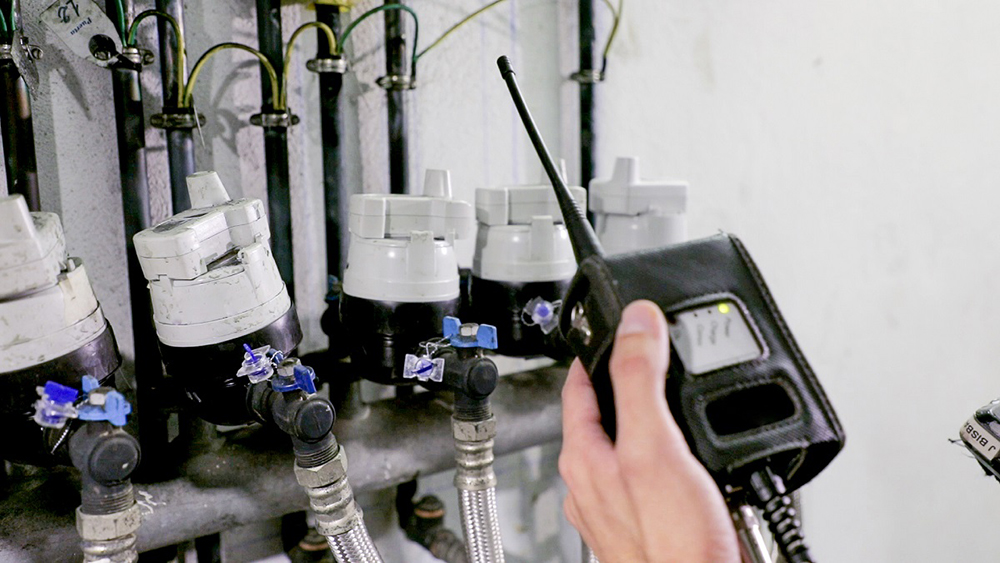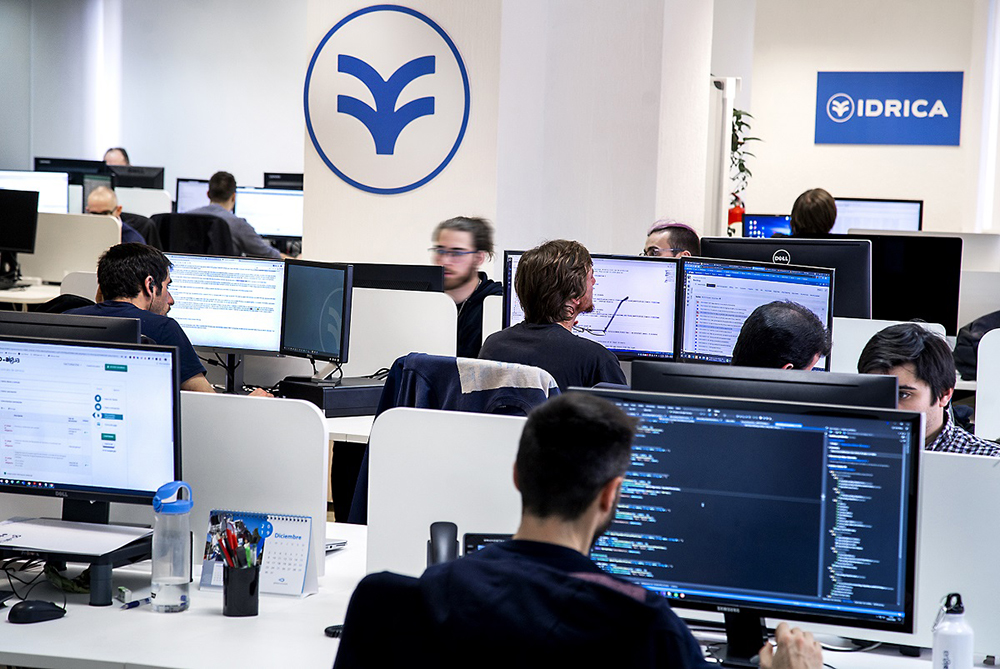AMI (Advanced Metering Infrastructure) systems transform water meters into IoT sensors that transmit useful information to digitally revolutionize processes, according to Carlos Tejedor (Idrica)
The search for water efficiency, both in utilities and among citizens, will drive investment in AMI in the coming years. The aim is to increase metering for better management
March 1, 2022. For some years now, water utilities have been investing in the digital transformation of micro-metering, not as an end in itself, but as a way to extract value from data and turn information into business intelligence.
Growing investment in AMI (Advanced Metering Infrastructure) systems globally is intended to help businesses and consumers make better decisions, not just reactive or corrective ones. They help them to predict. They are a groundbreaking tool thanks to the amount of information they can generate, according to the smart water multinational Idrica.
The road to Big Data
Developments in meters are one of the most important advances of the last 50 years in the water industry. From the first innovations, centering on faster, remote reading (walk-by and drive-by), which was mainly geared towards billing, the meter becomes an IoT sensor that transmits useful information to digitally transform all processes in AMI systems, explains Carlos Tejedor, Smart Metering & Instrumentation Specialist at Idrica.
If the term AMR (Automatic Meter Reading) refers to remote reading using smart meters connected to communication devices, AMI goes one step further. According to Tejedor, “it focuses not only on data collection, but also on its integration and processing using Big Data technologies. Platforms are a key element of these infrastructures, which are the most mature in the micro-metering field. Their aim is to offer value-added services and to manage water resources more efficiently. For example, developing algorithms to detect leaks and predict demand.”
To achieve this, Tejedor points out that “AMI must ideally process consumption data on an hourly basis with optimum quality. Compared to proprietary protocols and LPWAN technologies, such as SigFox and Lora, new communication protocols (NB-IoT, 5G) are helping to make this a reality due to their greater scope, penetration and coverage. In addition, they enable more efficient battery management, which is essential if we take into account smart metering’s need to frequently send data.”
AMI benefits over and above billing
- Increased operational efficiency
In the words of Carlos Tejedor, “connecting consumption data with other sources of information, such as SCADA, CMMS, ERP, GIS and IoT sensors, means companies can optimize all their processes. Their integration into a digital twin, among other use cases, is essential to simulate scenarios accurately in order to gauge the network’s response to events and make better decisions.” It also reduces OPEX and helps to predict water demands in advance, according to Idrica.
- More sustainable use of resources
AMI deployment reduces the volume of unbilled water in the distribution network by conducting hourly water balances. The expert remarks that “this enables us to improve overall system efficiency by detecting fraud and locating leaks at an early stage and notifying customers accordingly. In addition, remote reading helps to reduce energy consumption and the environmental impact of other processes, such as operators having to travel around to take visual reading.”
- Value-added services for citizens
Data analysis opens the door to useful services such as alerts for domestic leaks and notifications to social services after a change in the consumption patterns of vulnerable people. “Greater transparency in the relationship between utilities and the general public is another of the advantages. Thanks to AMI, households can see the liters of water they use in real time to make better, more informed decisions. In addition, billing based on actual, rather than estimated, readings increases satisfaction and brings down billing-related complaints,” states Tejedor.

2022: more metering for better management
We have recently witnessed water outages in countries such as the United States, which we thought would be spared from these disruptions, until now. These events, along with others caused by climate change, are driving a greater global awareness of water as a limited resource. Today, society demands a commitment from companies and utilities to ensure responsible water consumption, in line with the Sustainable Development Goals.
According to the World Bank, by 2030, there will be a 40% world shortfall between the forecast demand for water and the amount available. In the light of this situation, governments and the different social partners are highly likely to support technologies that represent a step forward in terms of sustainability.
In the opinion of Carlos Tejedor, “AMI is one of these technologies, as it helps us to take the first step towards process improvement through metering. Given that it is the system that generates the largest amount of information in the industry, its impact ripples out to the entire business community. In this sense, more and more utilities understand that these infrastructures not only facilitate billing, but also serve to improve leak detection, forecast demand through algorithms, increase customer satisfaction, fine tune digital twin simulations and reduce CO2 emissions.”
Digital transformation in the water industry will gather speed in the coming years. The increased volume of available data will require the implementation of agnostic solutions, capable of integrating information from different sources. Right now, many water utilities use different communication technologies (NB-IoT, LoRa, Sigfox, etc.) and meters manufactured by different vendors. Therefore, “Big Data platforms that standardize information and help us to convert it into business intelligence will be one of the main trends for 2022,” the expert concludes.
In this sense, he points out that “the increased use of sensors we expect to see poses one of the main challenges for AMI: the coexistence of smart metering with other smart devices.” Fortunately, 5G provides an answer to this problem, thanks to its ability to connect millions of devices in a small area (MIoT). We are still investigating the use cases linked to this new generation of technology, but we already know that it will help us to manage critical infrastructures and be more efficient.
According to Tejedor, “AMI is also the direct interface between utilities and consumers, which is why our commitment to this infrastructure means advancing transparency objectives for citizens. By making consumption information available to them, we are helping to promote responsible water use”. This is also true for companies, as this technology helps them to calculate their water footprint.
The search for water efficiency, both in water utilities and among citizens, will drive investment in AMI in the coming years. Therefore, Idrica concludes that awareness of how these infrastructures can transform both billing and all the processes related to the management of water, our most precious resource, will be fundamental. Utilities’ commitment to AMI deployment is one of the trends for 2022, which are listed in Idrica’s Water Technology Trends 2022 report.
Read more Idrica Articles and News on H2O Global News. Do you have an article or video that you would like to share? Submit your article here or keep up with the latest news from the water industry and wastewater industry by subscribing to our weekly newsletter







